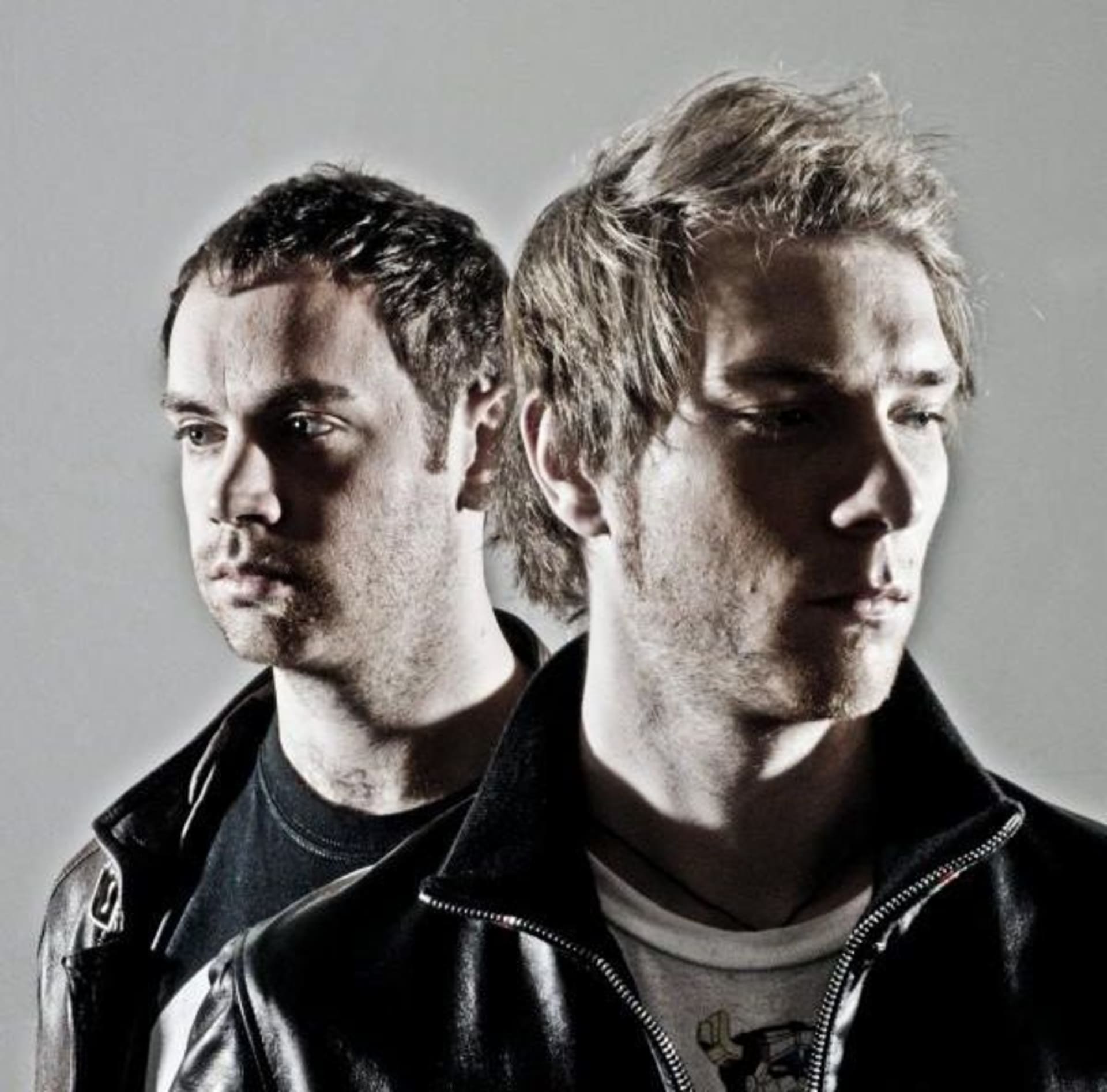
Interview: Nero “We don’t really think of ourselves as dubstep”

The entire dubstep scene has had a crush on Nero ever since they exploded on to the charts with their evil, heavy bassline combinations. Together with vocalist Alana Watson, Joe Ray and Dan Stephens have now evolved to the next level with Welcome Reality, their new album. Electronic Beats spoke with Dan about their new music video inspired by Hammer horror films and about the fact that in spite of the common simplification their music is more than just “dubstep tunes”.
The Crush On You video is about a very weird boarding-school. Did you have those kind of fears when you were younger?
It’s more a reference to the classic British hammer horror genre. Hammer horror films were always really lo-fi with a real retro gritty edge. So Me did such a great job of capturing that vibe for the video.
What about The Jets song – there is also Aaron Carter cover? Which version inspired your Crush on You version? And which did you hear first?
Love the Jets, hate Aaron Carter. We didn’t know about the Aaron Carter version until after we’d made the tune. We were always big fans of the original Jets version.
Remixing for Sebastian and the latest video directed by So Me, you seem to be getting closer to Ed Banger. Could you tell us if are you planning any more collaborations? Or Ed Banger is planning to get some of your heavy tunes into their roster?
We love the Ed Banger sound. Generally French music has always been an influence on us. We would love to collaborate more with Ed Banger and their artists in the future.
Welcome Reality is your first full length and has been a huge success. Why do you think that is – timing?
I guess the timing was right but also we spent three years working on it. We wanted to make an electronic/dance album that wasn’t just a collection of songs thrown together. The whole album is linked by themes and sounds that run through it and many of the tracks are segued. There is a strong sci-fi and 80s feel to it. We wanted to almost create a world in which the album takes place and make it all quite cinematic. I’m not sure how much other people pick up on this or whether these things are responsible for it’s success though. Maybe it’s just that the songs are catchy.
What if people wouldn’t hype dubstep anymore? Would you change your direction to stay in the spotlight?
We don’t really think of ourselves as dubstep. I think we have more links sonically to rock, French electro and classic 80s pop than we do to dubstep. We just write a lot of music at a speed that is recognised as being dubstep-like. There are also quite a few songs at other speeds on the album. I think we have built a sound that is recognisable as Nero now so it will be fun to use that sound to play around with lots of different speeds on future albums perhaps. We would just like to be thought of as an electronic group rather than being genre specific.
Which tracks are you the most proud of and why?
I think ‘Me and You’ was a very special track for us. We wrote it very quickly and the whole song just seemed to fall into place. It was also the song the really kicked the whole album campaign off for us.
Recently you were involved in the BBC dubstep symphony project. What was your task in it exactly? What was the challenge there?
We were asked to compose a piece of music for the BBC philharmonic orchestra, which was an incredible honour for us. We wanted to write a piece that captured the essence of the album and our sound but merged both orchestral and electronic music. Essentially we wanted to do something very cinematic. We started by composing the whole piece using orchestral sample libraries. We then had help from a guy called Joe Duddell who worked with us on the arrangement and then notated the piece to musical score. With the arrangement a challenge was making sure that all players and instruments of the orchestra were being fully utilised so for instance Duddell would suggest that we doubled the cello part to the contra bassoon.
Can you mention any compromises, which were musically necessary to sound well within an orchestra? I know you are a trained classical instrumentalist.
The whole thing had to be played live to a click track as certain electronic elements were part of a backing track. Which meant that although certain key members of the orchestra were wearing headphones with a click track, it was still a struggle at times keeping 90 musicians very tight to the beat. They were all great though.
Published October 24, 2011.
